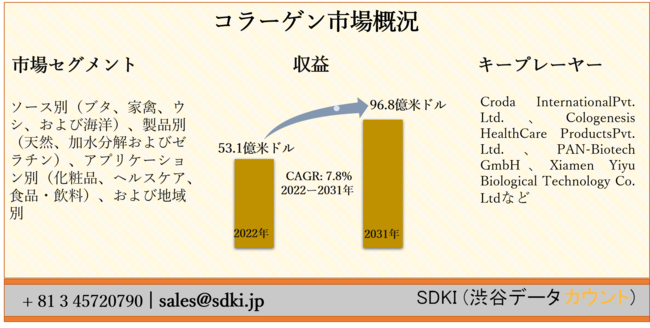The global market for workspace as a service (WaaS) is moderately consolidated, with the top three vendors, VMware, Inc. Citrix Systems, Inc., and Amazon Web Services, Inc., collectively accounting for a revenue share of nearly 57% in the global market in 2014, states TMR in a recent report. The market features an extreme level of competitiveness, with large companies persistently investing funds to expand their WaaS solution portfolios while small- and medium-scale companies gaining increased control of regional markets by introducing innovative and economic solutions.
The scenario, however, has led to the growth of a vast number of viable acquisition opportunities that could enable large vendors in becoming a dominant force in the global WaaS market. Key vendors in the market have been able to carefully exploit these opportunities and combine their existing strengths with smaller companies having excellent product offerings or technological prowess. The acquisition of Framehawk, Inc., a company known for its Lightweight Framebuffer Protocol that is created to work on inconsistent, high-latency networks, by Citrix Systems, Inc. in January 2014 is one such instance.
Transparency Market Research states that the global WaaS market, which held an opportunity of US$7.4 bn in 2014, is expected to expand at an excellent CAGR of 12.10% over the period between 2015 and 2022. Growing at this pace, the market is projected to rise to US$18.3 bn by 2022.
Globalization, increased integration of mobile computing devices in corporate networks, increased level of digitization of workplaces, and the vast and continuous transformations in work environments triggered by these trends increase the overall complexity of corporate networks. The software patches and upgradations required to effectively manage such changes are highly capital and resource intensive. As a way to limit the overall rise in costs and space that such transformations and expansions prompt, companies are preferring to deploy an increased number of services as workspace as a service solutions.
Request Sample Report@
Along with this, the rising trend of enterprise mobility and adherence of practices such as bring-your-own-device (BYOD) is also fueling the need for adopting WaaS solutions across enterprises. A vast variety and numbers of mobile computing devices are being used on a frequent basis by employees to access corporate data. The capability of effective WaaS solutions of seamlessly allowing employees to access their work desktops from a remote place using their personal computing devices is increasingly becoming a necessary part of carrying out every day work across many organizations. These factors are expected to have a substantial positive impact on the overall development of the global WaaS market over the period between 2015 and 2022.
Network Bandwidth and Infrastructure Limitations to Hamper Growth
The overall global adoption of WaaS solutions is largely reliant on the quality and speed/bandwidth of communication channels and digital infrastructure necessary for the implementation of workspace as a service solutions. As networking infrastructure is not fully and equally developed across the globe, the limited availability of the bandwidth necessary for a WaaS solution to function properly may hamper the overall growth prospects of the global WaaS market in the near future.
Desktop as a Service To See Considerable Demand
In terms of product type, the segment of desktop as a service is presently the dominant contributor to the global market’s overall revenues. In 2014, the segment contributed US$2,959.3 mn to the global market. It is also expected to remain the dominant product type over the next few years, in terms of revenue contribution. However, the segment of application as a service is expected to emerge as the most promising product variety, expanding at a CAGR of 27.7% from 2015 through 2022. The banking, financial services, and insurance (BFSI) industry is presently the most prominent end-use industry, contributing US$2.25 bn to the global market’s revenues in 2014. North America leads in terms of geographical segmentation of the global WaaS market.






